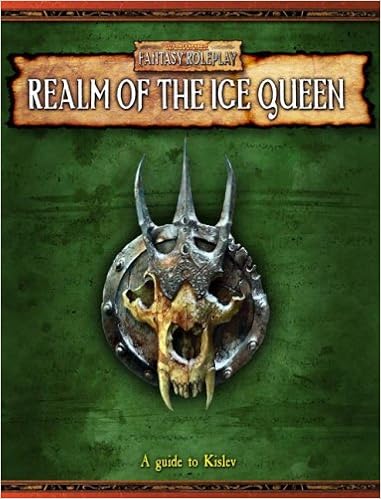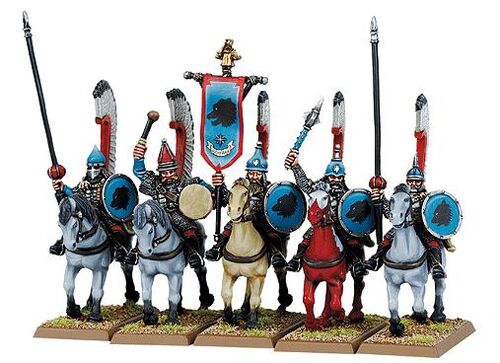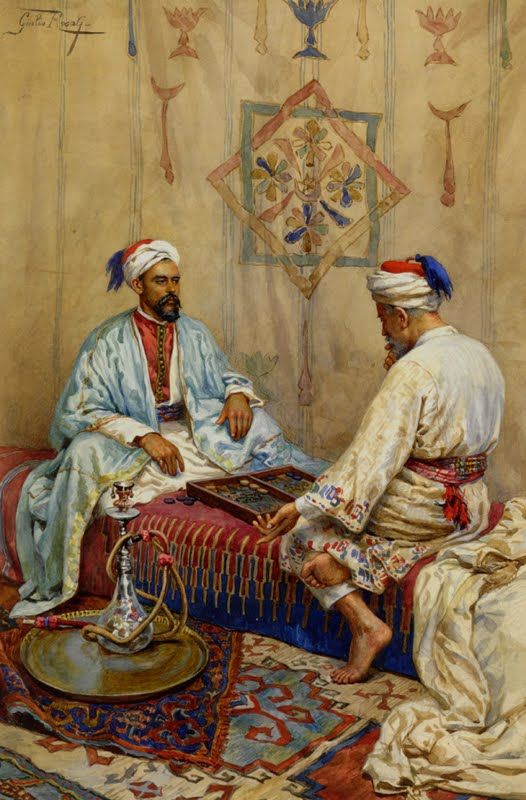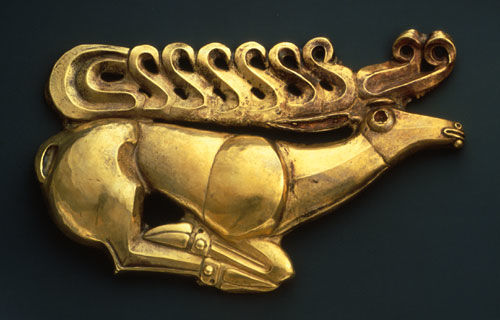In ATWC, this hasn't happened yet. The steppe and taiga khanates still enjoy an uneasy independence, but every observer of current affairs can tell that change is on its way. Travel down the Great Road and you'll find foreigners everywhere: some southerners and some easterners and some westerners, but all carrying splendid-looking documents from far-off imperial courts and flanked by serious-looking men wearing strange military uniforms and carrying guns. They are always on the move, these foreigners. They study local languages. They map and survey and observe and inquire. They preach new religions, or disturbingly unfamiliar interpretations of old ones. They hold secret meetings with local princes that go on long into the night. Their horsemanship is comically terrible by steppe standards, and they possess a knack for starving to death in deserts that the locals find quite astounding, but despite these failings they carry themselves with a strange confidence. They seem convinced that the future belongs to them.
 |
| For the Tsar! |
Wherever you go in the steppe khanates, or in the oasis kingdoms of the Great Road, you can bet that agents of foreign empires are there too. (They haven't made it very far into the taiga yet, but they're working on it.) Roll on the tables below to find out what they're up to.
Who is here? (Roll 1d8)
- Merchant-adventurers, scouting out the region's goods and markets on behalf of some far-off trade consortium, watched with loathing by local traders who have operated in this area for centuries.
- Missionaries for some foreign faith, armed with official letters from a distant emperor, scornfully surveying the local temples.
- Negotiators come to arrange a treaty between a nearby ruler and some distant imperial state, speaking the local language very badly and looking extremely pleased with themselves.
- Explorers on horseback accompanied by local bearers, making notes and checking compasses, steadily filling in the blank areas on their maps.
- Scholars affiliated with a far-off university, surveying local customs and monuments and nodding sagely to themselves.
- 'Archaeologists and antiquaries' (read: grave-robbers with fancy licenses), poking around in the ruins outside of town and casually asking where exactly your ancestors are buried.
- Military advisers decked out with the very latest in modern firearms technology, offering to help the local rulers modernise their pitifully outdated cannons and fortifications in exchange for a little quid pro quo.
- Roll again, but they're actually spies from a completely different foreign empire, here in disguise to watch over the activities of their rivals as part of some complicated game of international intrigue.
- Bright-eyed true believer who genuinely believes that absorption into the greater imperial polity is the best thing that could possibly happen to a benighted backwater like this one.
- Dead-eyed veteran of the imperial war machine, whose utterly impersonal brutality makes even the most savage khans shiver.
- Long-term field agent who went native years ago, and now identifies more with the khanate they're posted to than the distant empire they supposedly serve.
- Embarrassing failure from a minor imperial house, sent out to the back of beyond with strict orders not to return home until they've actually accomplished something.
- Disgraced courtier who knows full well that they've been sent out here as a punishment, and resents it bitterly.
- Bookish academic convinced that their years of study in the archives have allowed them to understand the region much better than the people who actually live there.
- Enterprising merchant who sees the whole region as a series of mouth-watering opportunities for economic exploitation.
- A member of a local ethnic group with a painstakingly acquired imperial education, who has carved out a precarious place for themselves as an intermediary between their country and the empire while feeling painfully out of place in both.
- To lay the groundwork for the conquest and annexation of the region by the empire they serve.
- To change the region's culture and religion in ways that will align it with the empire.
- To gain revenge on the descendants of the nomad warlords who terrorised their empire generations ago.
- To suppress the bandits and raiders based in the region, who are disrupting the empire's overland trade.
- To gain access to the natural resources of the region and exploit them for everything they're worth.
- To turn the local rulers against their imperial rivals, who are also active in the region.
- To establish new trade routes and markets for the empire's merchants and manufacturers.
- To bring down the local regime and replace it with one more amenable to their empire's interests.
- To establish a military alliance with the local rulers, in the hope of securing troops to fight in some distant imperial warzone.
- To loot all the valuable books, treasure and antiquities they can get their hands on, on behalf of some far-off imperial archive or museum.
- To establish covert diplomatic ties with the Wicked City. (All the empires insist loudly that they would never bargain with a state so obviously impious, but many of them do so anyway, albeit in secret. Empires always have uses for another delivery of cut-price muskets and clockwork soldiers!)
- Roll again, but the second roll is just a cover story: they're actually part of a rebel faction within the empire, secretly gathering allies and resources for a planned uprising. (Yes, if you also rolled an 8 on the first table, this means they're actually spies posing as rebels posing as something else. Welcome to the Great Game!)
(All imperial representatives travel with fancy letters declaring that anyone impeding their mission will face the wrath of the entire empire, but ink is cheap and armies are expensive. If push comes to shove, will anyone back home really care?)
- Less than zero. This mission has been deliberately set up to fail, as a deniable way of getting rid of someone inconvenient. No matter what happens to it, the empire will do nothing to intervene.
- Zero. This mission is essentially a punishment assignment for people who've made the wrong enemies. No-one in power will care if they don't make it home alive.
- Minimal. This mission is a gamble by some minor minister or provincial governor, who would very much like it to succeed but doesn't really have the resources to properly support it. Minor levels of military and/or financial reinforcement will be sent if they are in truly desperate need.
- Local. No-one really cares about this mission back in their distant imperial capital, but one local faction (roll 1d4 - 1 = religious group, 2 = ethnic group, 3 = political faction, 4 = merchant consortium) would like to see it succeed for private reasons of their own, and is willing to commit substantial resources to bring this about.
- Financial. This mission is being financed by someone with extremely deep pockets, and carries letters of credit that allow them to call upon staggering amounts of money on demand.
- Military. This mission is being backed by someone with a lot of soldiers at their disposal, who is perfectly willing to send a whole lot of men to their deaths if it will help ensure the mission's success.
- Covert. Although only minimally supported by its notional patrons, the mission is actually being backed by another imperial power, for nefarious reasons of its own. They are willing to offer it substantial support, but only in indirect and deniable forms.
- High. This mission has the full backing of the imperial government, which regards it as a strategic priority and are willing to launch large-scale military or diplomatic reprisals against anyone impeding or threatening it.























































